Air fryers are super trendy right now, and for good reason! With this handy appliance, you can cook tasty, crispy foods in less time and with less fat. Sounds like a win-win deal, doesn’t it? We love our air fryer and are happy to share information to help you decide if you want to get one—or if you already have an air fryer, we have tips and recipes for you to try in this Air Fryer Guide!
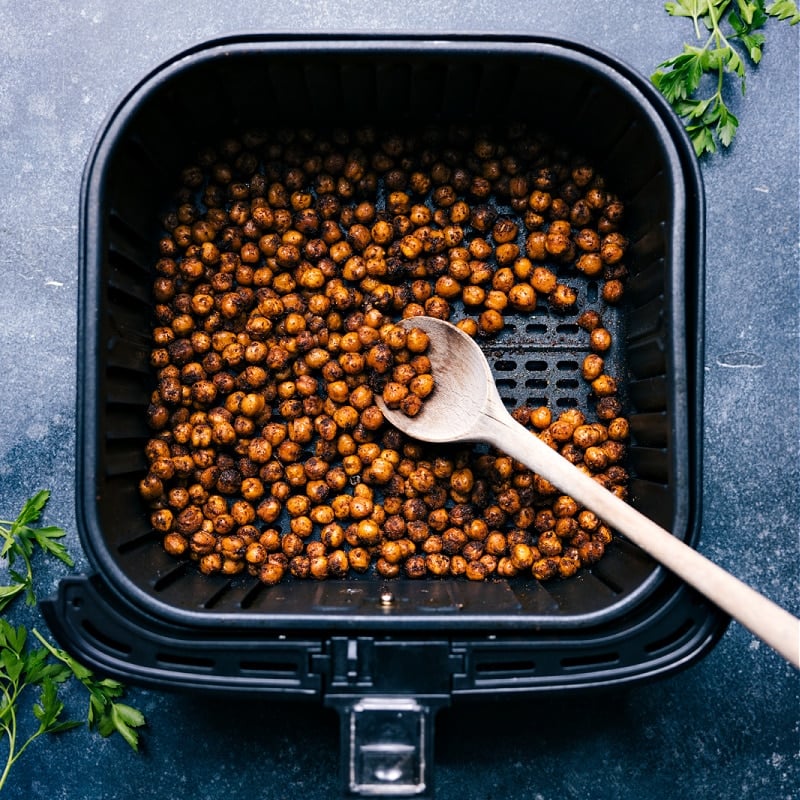
Air Fryer Guide
A Different Type of Cooking
First off: What makes an air fryer different from traditional frying? Ovens and stovetops have a heating element that provides the heat. An air fryer has that heating element too, but it also has a fan to circulate the air. That faster-moving air cooks foods quicker than fixed-heat appliances. (Note: If it sounds like we’re describing a convection oven, you’re right! Air fryers are very much like mini convection cookers.)
Because of that swirling air, you’ll hardly need any oil at all when cooking foods in an air fryer—but most of the time you will need a bit. We find that using a spritzer of olive oil is a great way to add oil without overdoing it. Another note: Aerosol sprays interact with the nonstick coating of the air fryer, so we suggest using a non-aerosol spritzer to avoid damage.
Bigger is Better!
What size of air fryer do you need? The bigger the better, really. Most air fryer foods work best when foods are arranged in a single layer, so the larger the surface area, the more evenly the foods will cook. Even if you’re cooking meals for one person, get a big air fryer. You want the cooking surface to hold full slices of bread (since grilled air fryer sandwiches are delightfully toasty).
What kind of fryer should you get? Most air fryers come in a bucket style, with one large pot for cooking. Others have several shelves to allow for more surface area. They both cook the same, but if you’ll be preparing things like cakes or large pieces of meat, the shelves won’t be as practical.
Air Frying is Easy!
The biggest problem with air fryers is the intimidation factor. This Air Fryer Guide is here to change that! They’re new and different, so it can be a bit scary to think about using them. Relax! As long as you follow the instructions, you should be fine. And seriously, think about it: With no vat of boiling oil to manage and dispose of, air fryers are a lot safer! That makes them a good tool for beginning cooks.
Because of that circulating air, foods cook a bit quicker and require a slightly lower cooking temperature. Figure on reducing both the cook time and temperature by about 25% if you’re adapting a standard recipe. There are lots of cheat sheets available online (and often in the box your air fryer comes in) so you’ll know how hot to set the temperature. And while air fryers cook faster than baking or a skillet, they’re a lot slower than deep frying.
Air Fryer Guide: Our Top Tips
Because of the circulating air, lightweight objects might blow around. The top slice of bread in a sandwich, for example, should be fastened to the rest of the sandwich with a toothpick for the first few minutes.
Preheating the air fryer is often not necessary (check the recipe instructions) but doing so helps food cook even faster. If you’re cooking in batches, the first batch usually takes longer than successive ones, since your fryer will be starting from scratch. Hence, the preheating option!
Because they use less oil, air fryers make healthier versions of many of your favorite foods: Air Fryer Chicken Tenders and wings, Air Fryer Black Bean Egg Rolls, and French fries all crisp up beautifully with hardly any oil at all. Crisping food is what air fryers do best!
Air fryers have their disadvantages, just like most appliances and gadgets. They take up some counter space, which is at a premium in most kitchens. And even with the large capacity fryer, you may find yourself cooking in batches. If you have a large family, that can present challenges. But if you have a large family, you’re already used to taking turns.
Air fryers don’t completely duplicate deep-fat frying. But if you’re willing to make a few allowances, they’re great tools for making crispy foods a little faster and a little healthier with a whole lot less splatter-y mess and risk of hot oil burns. And in my book, that’s a huge win!
Air Fryer Guide FAQs
Air fryers cook food by swirling hot air around the cavity of the air fryer. This cooking method leaves the food with a crispy outer layer.
As always, it all depends on your version of healthy. The air fryer uses less fat/oil than deep frying or pan frying, and that’s a healthier choice for most people.
Any appliance can malfunction or be dangerous, but air fryers have an auto-shutoff feature so you can’t forget to turn it off. The outside of the unit gets warm, but generally not hot enough to burn. And there’s no vat of hot, used grease to worry about, either. Be sure to clean your air fryer according to the manufacturer’s recommendations. This usually involves warm soapy water for the basket area.
Close, but not quite. In a convection oven, the hot air is blown directly on and around the food. In air fryers, the heating element is above the food, so the air travels differently. (That’s why you air fry foods in a single layer.) Air fryers have a smaller cooking area and a higher speed of air circulation than a convection oven. That means it can cook food faster.
Pretty much anything that requires baking, frying, roasting or grilling works in an air fryer. That encompasses meat, eggs, veggies, desserts, and even bread and desserts like this air fryer dutch baby (as long as they’re the right size to fit, that is). While air fryers are great to use with frozen convenience foods, they can also be used to create from-scratch meals.
You can even fix popcorn in the air fryer, as long as you have something in place (like a sheet of foil) to keep the kernels from falling through the grates of the basket.
It depends on the recipe. If the fryer is hot when foods are put in the basket (or on the tray, depending on what model you have), it will cook foods faster. It’s not always necessary, though. Read the recipe instructions until you get the hang of it.
Shaking the basket provides even heat distribution of the food. It’s a lot like flipping foods in a pan.
Yes, unless the food already has plenty of surface oil, you’ll want to add a very thin coating of oil to help the crispiness develop. But keep in mind that the basket of the air fryer has a nonstick coating. Cooking spray will build up on that coating and damage it. Better to use a non-aerosol spray (a pump kind) or a light brushing of oil.
Yes, there are a few down sides to air fryers.
Frozen battered foods work well, but fresh-battered ones don’t. If you’re going to fix fried shrimp, for example, it’s better to use prepackaged, frozen shrimp rather than dipping shrimp in your own liquid batter. The blowing air will move the batter around too much.
Air Fryer Recipes
- Air Fryer Chickpeas a crispy snack or salad topper!
- Air Fryer Donuts coated in cinnamon sugar
- Two ways to season Air Fryer Tilapia
- Air Fryer Falafel our favorite vegetarian lunch
- Air Fryer Pizookie a gooey chocolate cookie in a pan
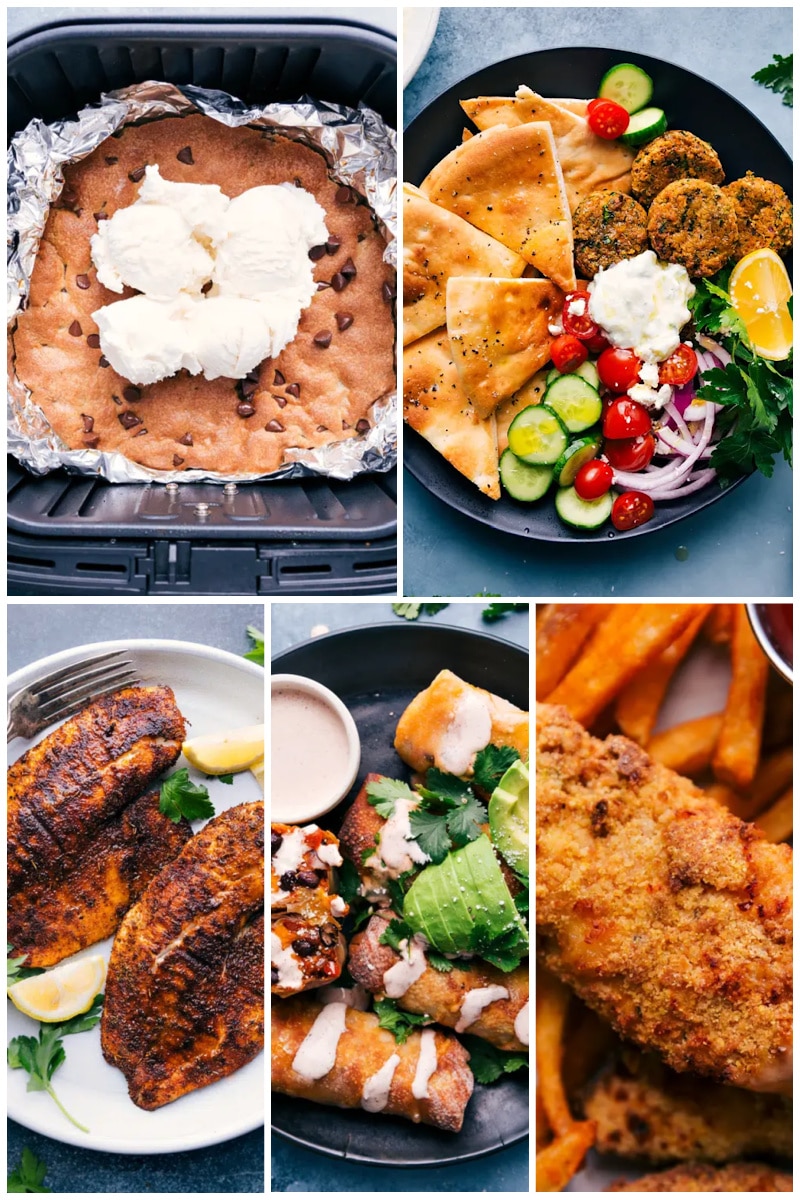


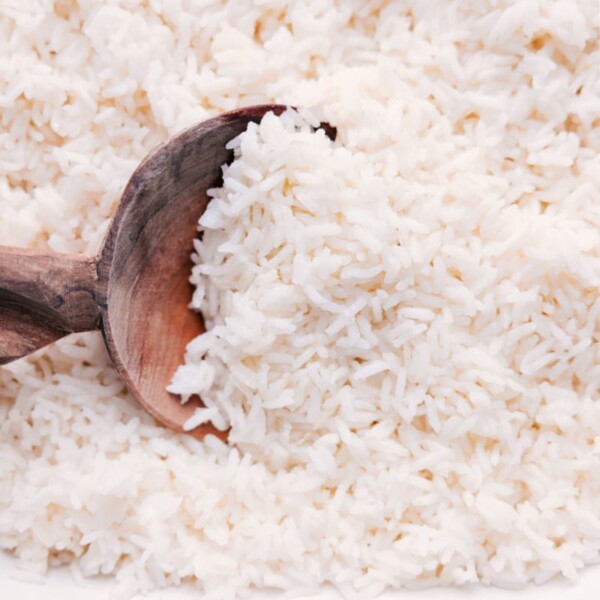
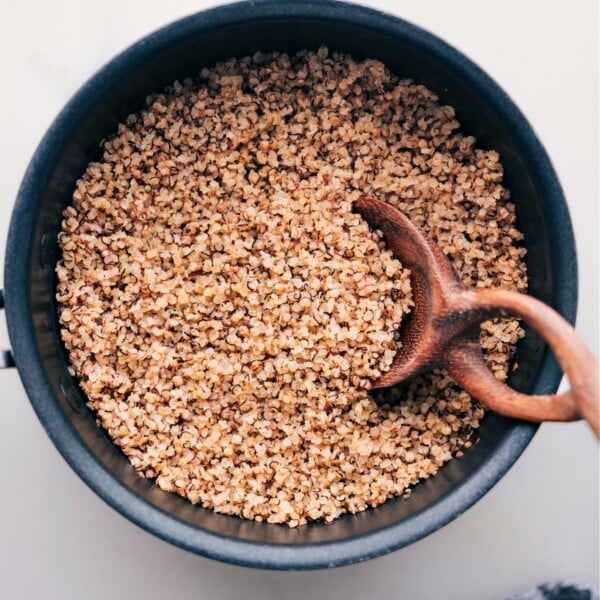
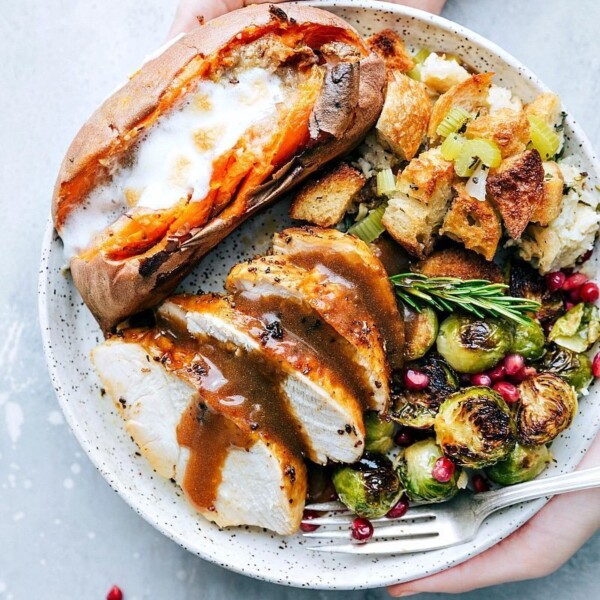
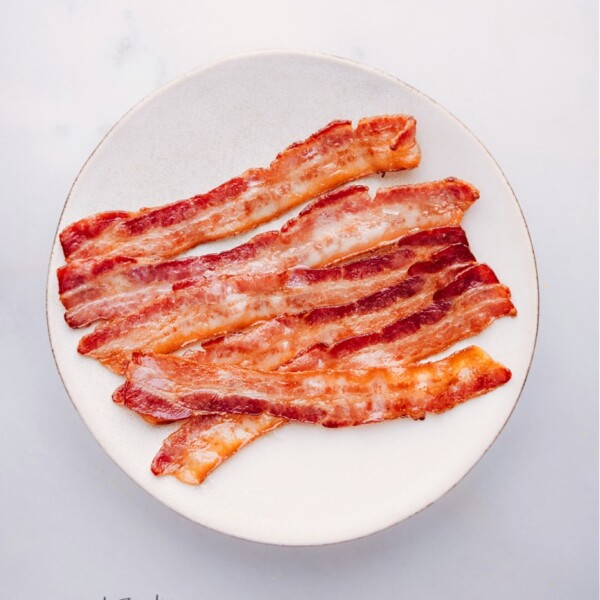









What is the make and model of your air fryer?
Here is the exact one I use! 🙂